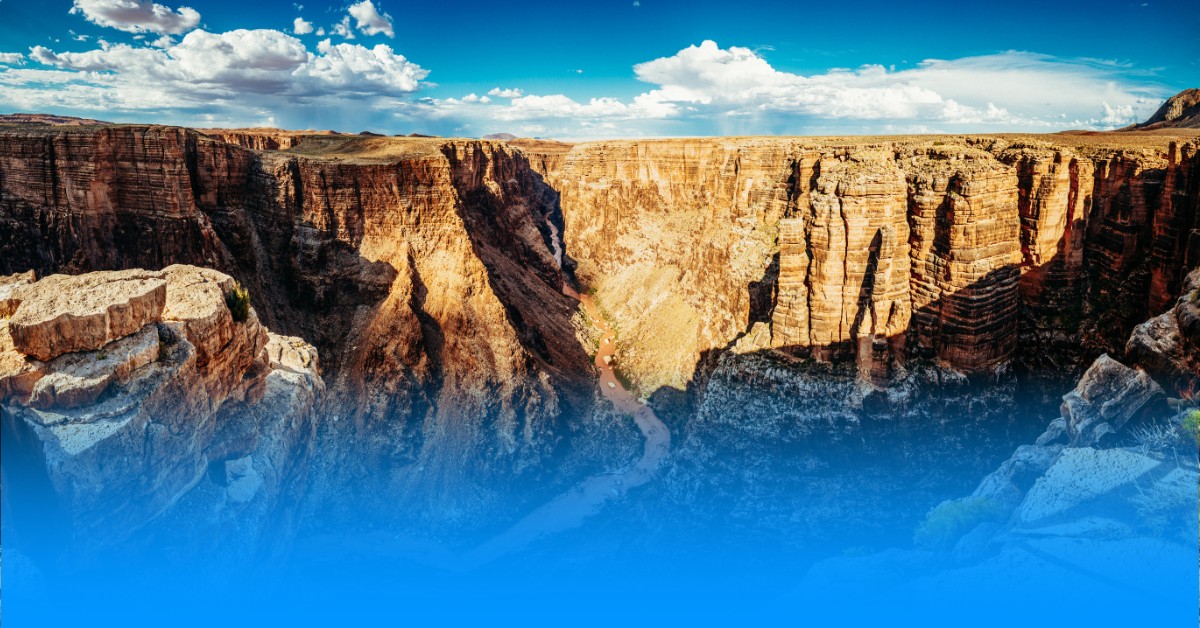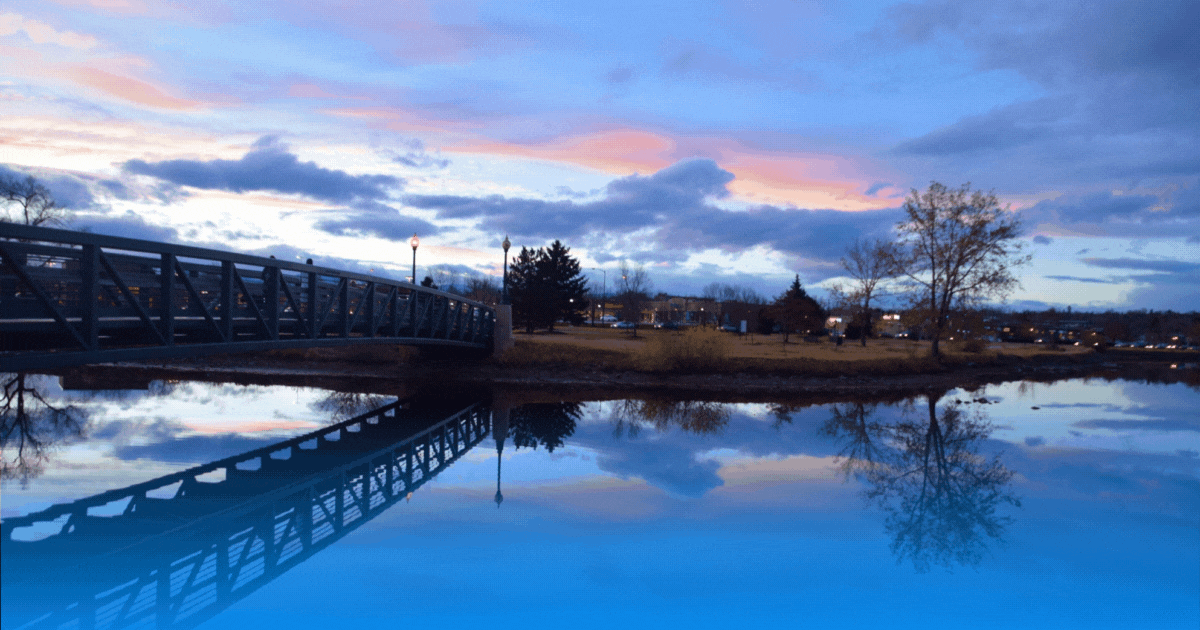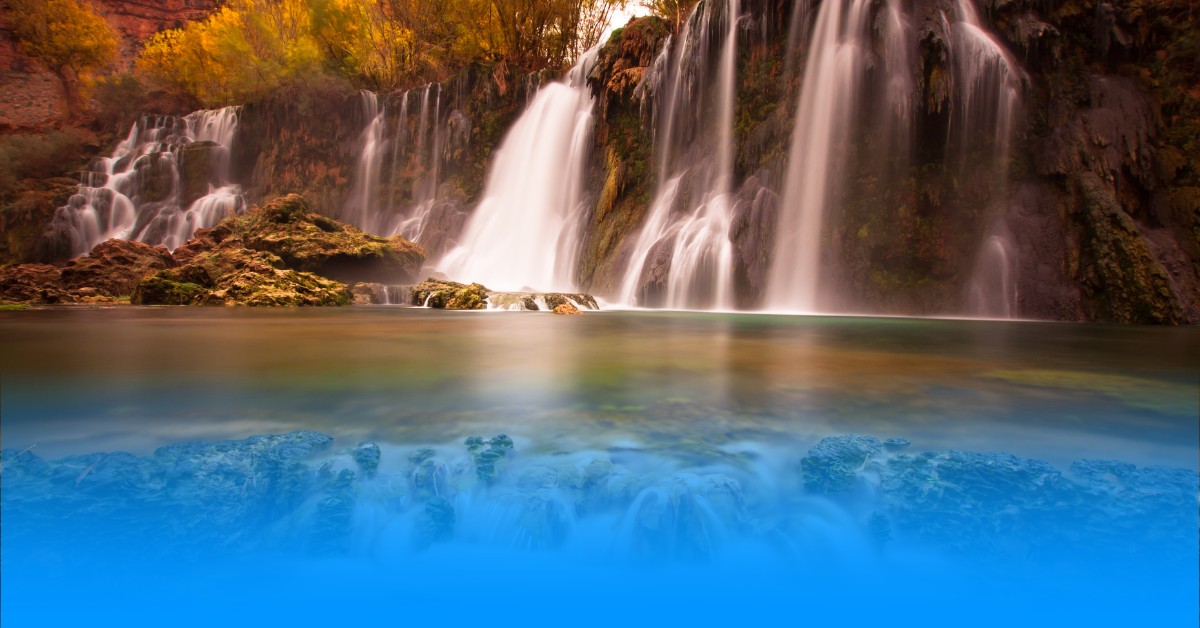Wildlife Watching in Arizona: Best Spots and Seasons
Wildlife Watching in Arizona
Arizona, with its diverse landscapes ranging from arid deserts to lush forests, is a prime location for wildlife watching. The state’s unique ecosystems host a variety of animal species, offering wildlife enthusiasts ample opportunities to observe creatures in their natural habitats. Whether you’re interested in birdwatching, spotting big game, or simply enjoying the serenity of nature, Arizona has something to offer. Here’s a guide to the best spots and seasons for wildlife watching in Arizona.
Top Wildlife Watching Spots in Arizona
Saguaro National Park
Overview
Saguaro National Park, located near Tucson, is renowned for its iconic saguaro cacti and diverse wildlife. The park is divided into two districts: the Rincon Mountain District and the Tucson Mountain District, both offering excellent wildlife watching opportunities.
Wildlife
- Mammals: Keep an eye out for javelinas, coyotes, bobcats, and even the elusive mountain lion.
- Birds: The park is home to species such as the Gila woodpecker, cactus wren, and red-tailed hawk.
- Reptiles: Common sightings include Gila monsters, desert tortoises, and various lizards.
Best Time to Visit
- Spring (March to May): Ideal for spotting migratory birds and witnessing the desert in bloom.
- Fall (September to November): Cooler temperatures make for pleasant wildlife watching experiences.
Chiricahua National Monument
Overview
Chiricahua National Monument, often referred to as the “Wonderland of Rocks,” is located in southeastern Arizona. The monument’s diverse habitats support a wide range of wildlife, making it a prime spot for nature enthusiasts.
Wildlife
- Birds: Look for elegant trogons, Mexican jays, and a variety of hummingbirds.
- Mammals: White-tailed deer, coatis, and black bears can be spotted here.
- Insects: The area is known for its butterfly diversity, including the Chiricahua white.
Best Time to Visit
- Spring (March to May): Excellent for birdwatching and observing butterflies.
- Summer (June to August): Early mornings and late afternoons are best for wildlife activity due to cooler temperatures.
San Pedro Riparian National Conservation Area
Overview
The San Pedro Riparian National Conservation Area (SPRNCA) in southeastern Arizona is a lush oasis in the desert, providing vital habitat for a wide variety of wildlife. The conservation area is especially popular among birdwatchers.
Wildlife
- Birds: Over 350 species of birds, including the gray hawk, vermilion flycatcher, and green kingfisher.
- Mammals: Beavers, bobcats, and mule deer are commonly seen.
- Reptiles: Watch for species like the western diamondback rattlesnake and Sonoran whipsnake.
Best Time to Visit
- Spring (March to May): Peak birdwatching season, with many migratory species passing through.
- Fall (September to November): Another excellent time for birdwatching and observing other wildlife.
Grand Canyon National Park
Overview
Grand Canyon National Park is not only a natural wonder but also a hotspot for wildlife watching. The park’s varied elevations and habitats support a diverse array of animal species.
Wildlife
- Mammals: Elk, mule deer, and bighorn sheep are frequently seen. The elusive mountain lion also resides here.
- Birds: The California condor, peregrine falcon, and Steller’s jay are notable species.
- Reptiles: The park is home to the Grand Canyon rattlesnake and the collared lizard.
Best Time to Visit
- Spring (March to May): Great for birdwatching and spotting mammals.
- Fall (September to November): Cooler temperatures and fewer crowds make for ideal wildlife viewing.
Madera Canyon
Overview
Located in the Santa Rita Mountains south of Tucson, Madera Canyon is a renowned birdwatching destination. Its diverse habitats, ranging from desert grasslands to mountain forests, attract a wide variety of species.
Wildlife
- Birds: Over 250 species, including the elegant trogon, painted redstart, and a variety of hummingbirds.
- Mammals: White-tailed deer, coatimundis, and black bears are common sightings.
- Insects: A diverse array of butterflies can be observed, especially in spring and summer.
Best Time to Visit
- Spring (March to May): Peak birdwatching season with many migratory species.
- Summer (June to August): Excellent for hummingbird watching and butterfly observing.
Tips for Successful Wildlife Watching
Be Patient and Quiet
Wildlife watching requires patience and quiet observation. Move slowly and avoid making loud noises that could scare away animals.
Use Binoculars and Field Guides
Bring binoculars to get a closer look at distant animals and use field guides to help identify species. Many parks also offer guided tours and ranger programs for a more informative experience.
Respect Wildlife
Maintain a safe distance from all wildlife and never attempt to feed or approach animals. Respecting their natural behavior is crucial for both your safety and the well-being of the animals.
Visit Early or Late
Wildlife is often more active during the early morning and late afternoon. Plan your visits during these times for the best chances of spotting animals.
Dress Appropriately
Wear clothing suitable for the terrain and weather conditions. Long sleeves and pants can protect you from sun, insects, and plants.
Why You Should Use Pacaya
Discovering the best wildlife watching spots and connecting with fellow nature enthusiasts in Arizona is made easier with Pacaya, the dynamic social networking mobile application. Pacaya connects you with local activities and events, allowing you to find and join wildlife watching groups, discover new locations, and participate in guided tours tailored to your interests. With Pacaya, you can share your sightings, get tips from experienced watchers, and even organize your own wildlife adventures. Enhance your wildlife watching experience in Arizona by using Pacaya to discover and enjoy the best spots the state has to offer.



